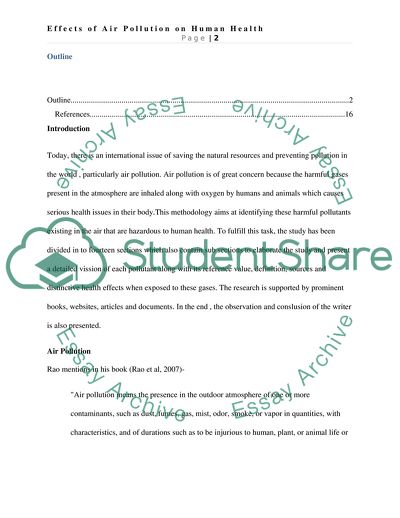Cite this document
(Effects of Air Pollution on Human Health Research Paper, n.d.)
Effects of Air Pollution on Human Health Research Paper. https://studentshare.org/environmental-studies/1794538-effects-of-air-pollution-on-human-health
Effects of Air Pollution on Human Health Research Paper. https://studentshare.org/environmental-studies/1794538-effects-of-air-pollution-on-human-health
(Effects of Air Pollution on Human Health Research Paper)
Effects of Air Pollution on Human Health Research Paper. https://studentshare.org/environmental-studies/1794538-effects-of-air-pollution-on-human-health.
Effects of Air Pollution on Human Health Research Paper. https://studentshare.org/environmental-studies/1794538-effects-of-air-pollution-on-human-health.
“Effects of Air Pollution on Human Health Research Paper”. https://studentshare.org/environmental-studies/1794538-effects-of-air-pollution-on-human-health.


